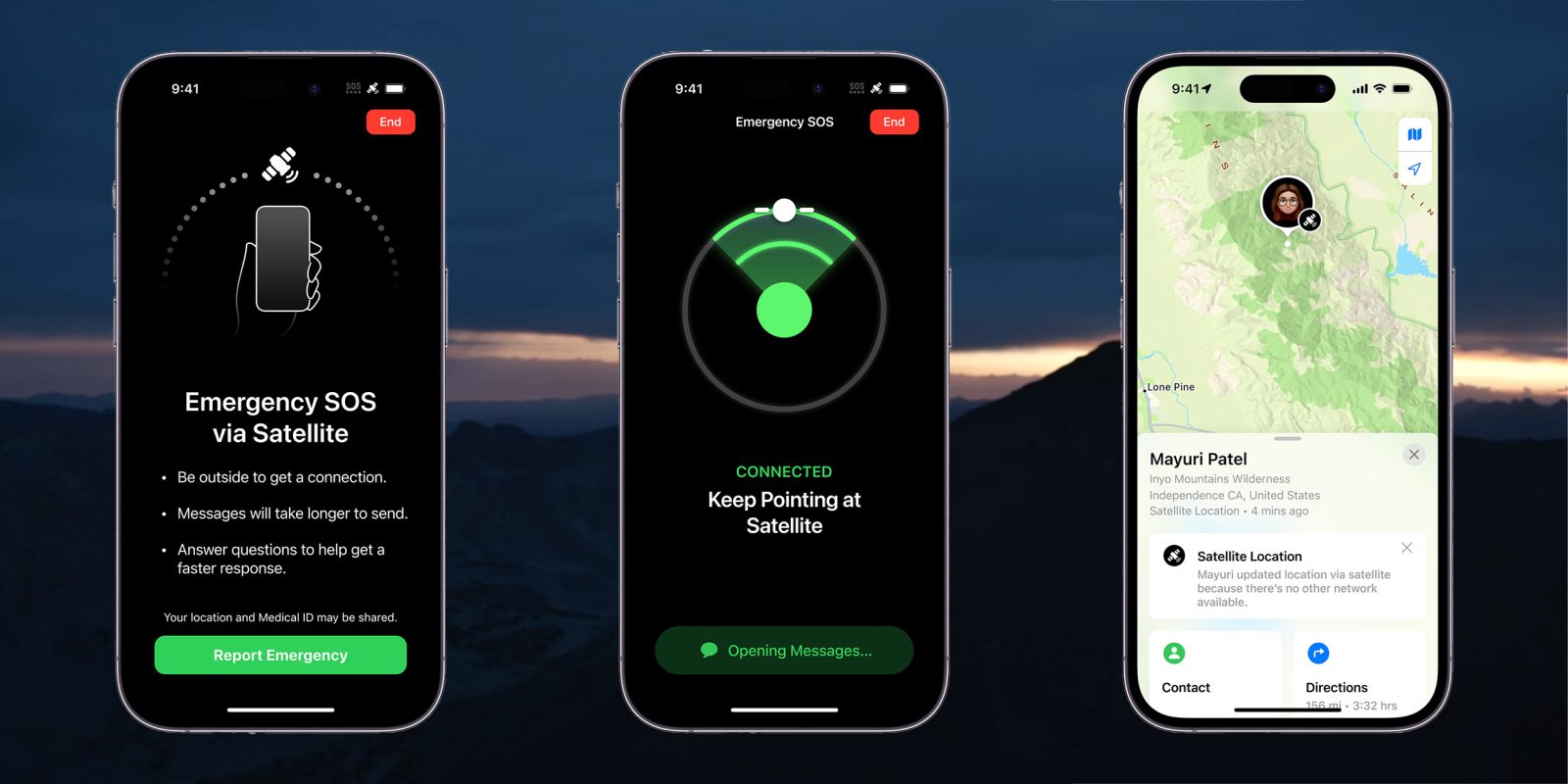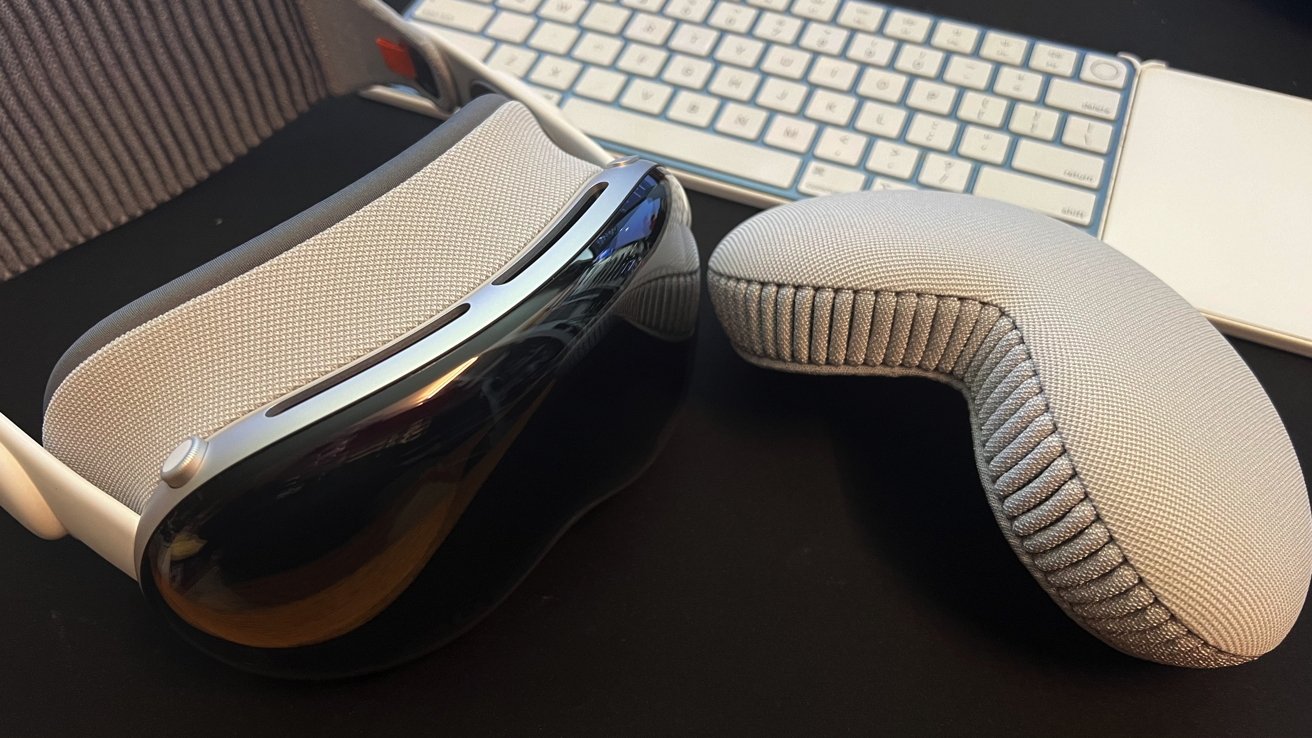Apple has announced the forthcoming expansion of its Emergency SOS via satellite feature to Mexico, slated for later this year. This development marks a significant enhancement in safety capabilities for iPhone and Apple Watch Ultra users in the region, enabling them to contact emergency services even in areas devoid of cellular or Wi-Fi coverage.
Understanding Emergency SOS via Satellite
Introduced with the iPhone 14 series in 2022, Emergency SOS via satellite is a groundbreaking feature designed to assist users during emergencies when traditional communication methods are unavailable. By connecting directly to satellites, users can send text messages to emergency services, ensuring help is accessible even in remote locations.
How the Feature Operates
When a user attempts to call or text emergency services without cellular or Wi-Fi connectivity, the device prompts them to utilize the satellite feature. The process involves:
1. Initiating Contact: The user is presented with a questionnaire to detail the nature of the emergency, such as medical issues, vehicle problems, or being lost.
2. Establishing a Satellite Connection: The device guides the user to position it correctly to establish a satellite link. A clear view of the sky is essential for a successful connection.
3. Transmitting Information: Once connected, the device sends the user’s responses, location coordinates (including elevation), and remaining battery life to an Apple-trained relay center.
4. Relay to Emergency Services: The relay center communicates the information to local emergency services on behalf of the user, facilitating a swift response.
Global Availability and Expansion
Prior to this announcement, Emergency SOS via satellite was available in several countries, including:
– Australia
– Austria
– Belgium
– Canada
– France
– Germany
– Ireland
– Italy
– Japan
– Luxembourg
– The Netherlands
– New Zealand
– Portugal
– Spain
– Switzerland
– The United Kingdom
– The United States
The inclusion of Mexico in this list underscores Apple’s commitment to expanding its safety features to a broader audience.
Device Compatibility and Access
The feature is compatible with:
– iPhone 14 and later models, including the newly announced iPhone 17 series.
– Apple Watch Ultra 3.
Users will receive two years of free access to Emergency SOS via satellite upon device activation. This complimentary period was recently extended for existing iPhone 14 and iPhone 15 users, reflecting Apple’s dedication to user safety.
Real-World Impact
Since its inception, Emergency SOS via satellite has been instrumental in numerous rescue operations. Notable instances include:
– Colorado Climber Rescue: An injured climber in Colorado was located and rescued after using the feature to contact emergency services.
– Utah Canyon Rescue: A group of college students trapped in a 500-foot deep canyon in Utah utilized the feature to alert authorities, leading to a successful rescue operation.
– Maui Family Rescue: A family stranded in Maui was located and assisted after using the satellite feature to communicate their predicament.
These cases highlight the feature’s potential to save lives by providing a reliable means of communication in critical situations.
User Guidance and Preparation
To maximize the effectiveness of Emergency SOS via satellite, users are encouraged to:
– Set Up Medical ID: Input vital health information and emergency contacts in the Health app. This data is shared with emergency responders during an SOS activation.
– Familiarize with the Feature: Utilize the demo available in the device settings to understand the process of connecting to a satellite and sending an emergency message.
– Ensure Device Readiness: Keep the device updated with the latest software to ensure all features function optimally.
Conclusion
The expansion of Emergency SOS via satellite to Mexico represents a significant advancement in personal safety technology. By enabling direct communication with emergency services in areas lacking traditional connectivity, Apple continues to demonstrate its commitment to user safety and innovation. As this feature becomes available in more regions, it has the potential to make a profound impact on emergency response and survival outcomes worldwide.



